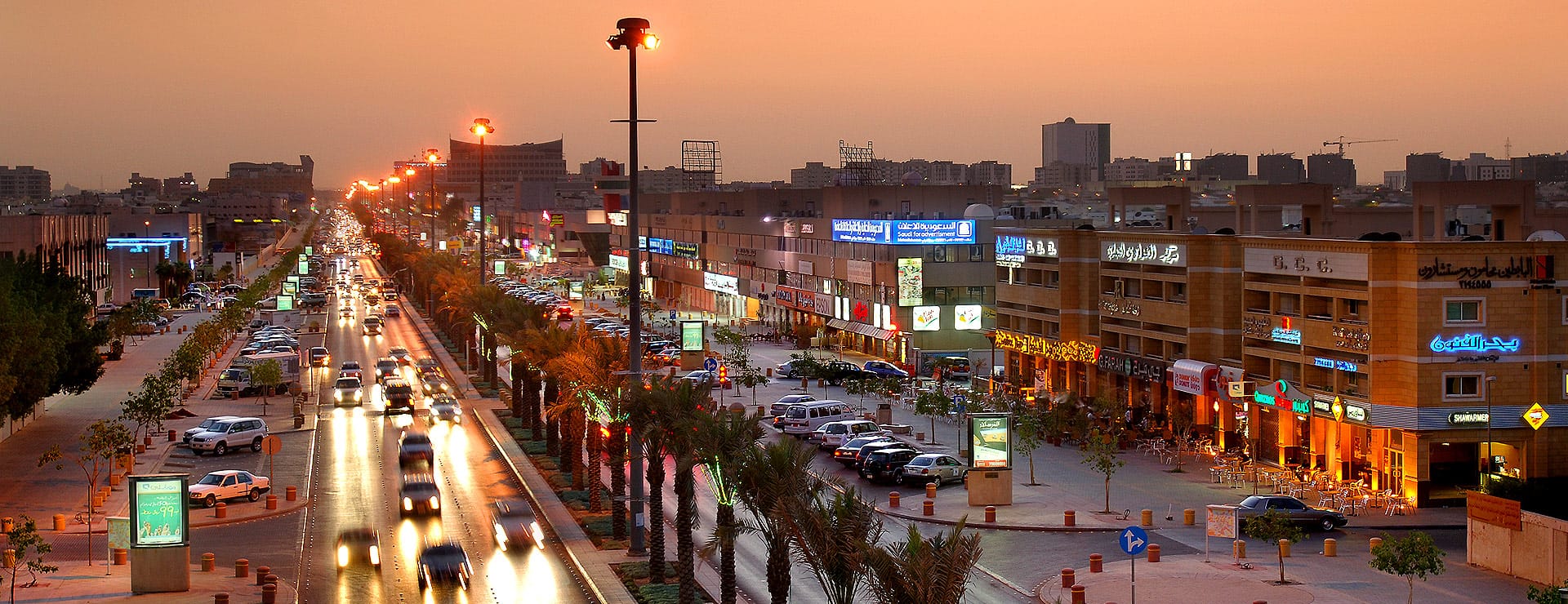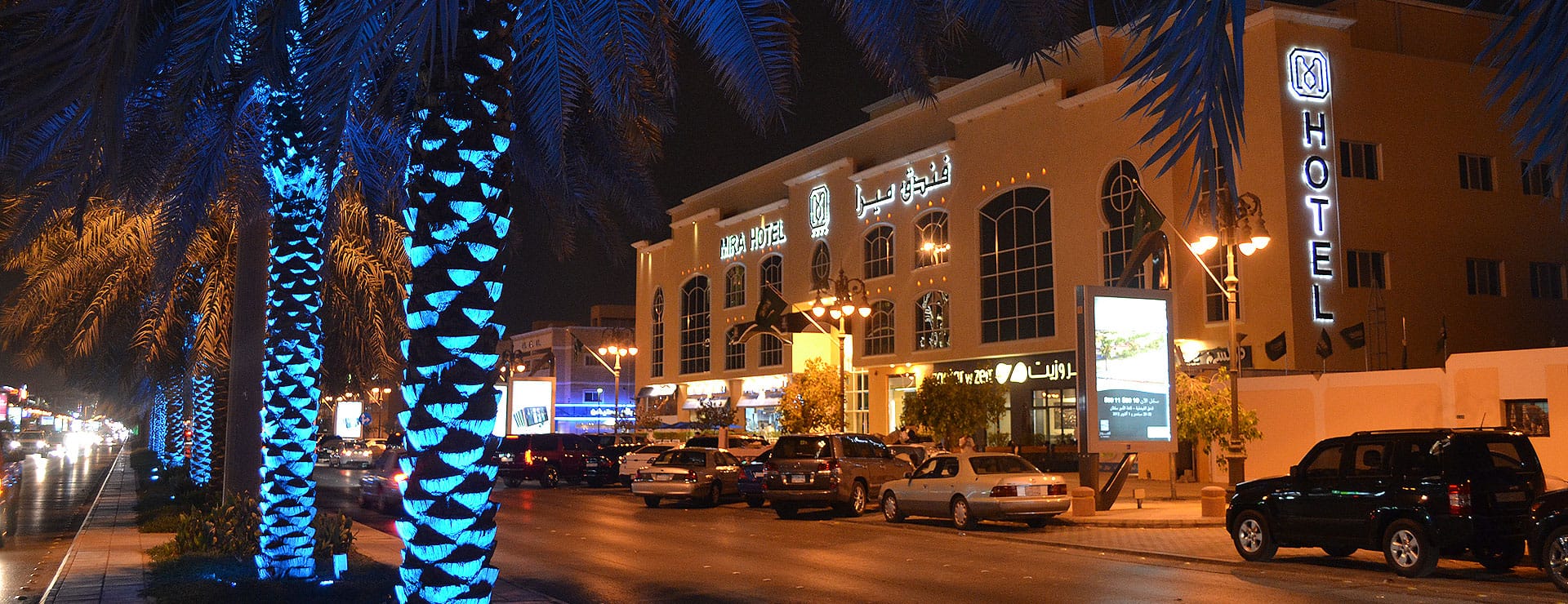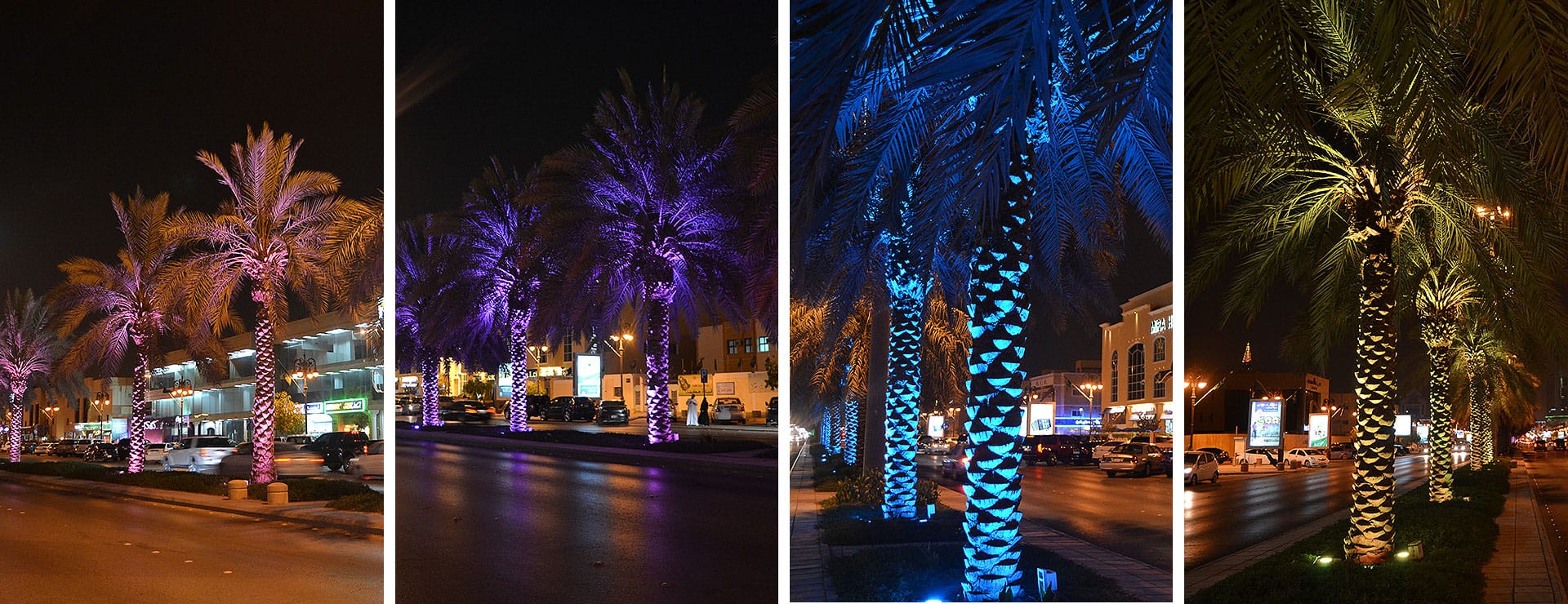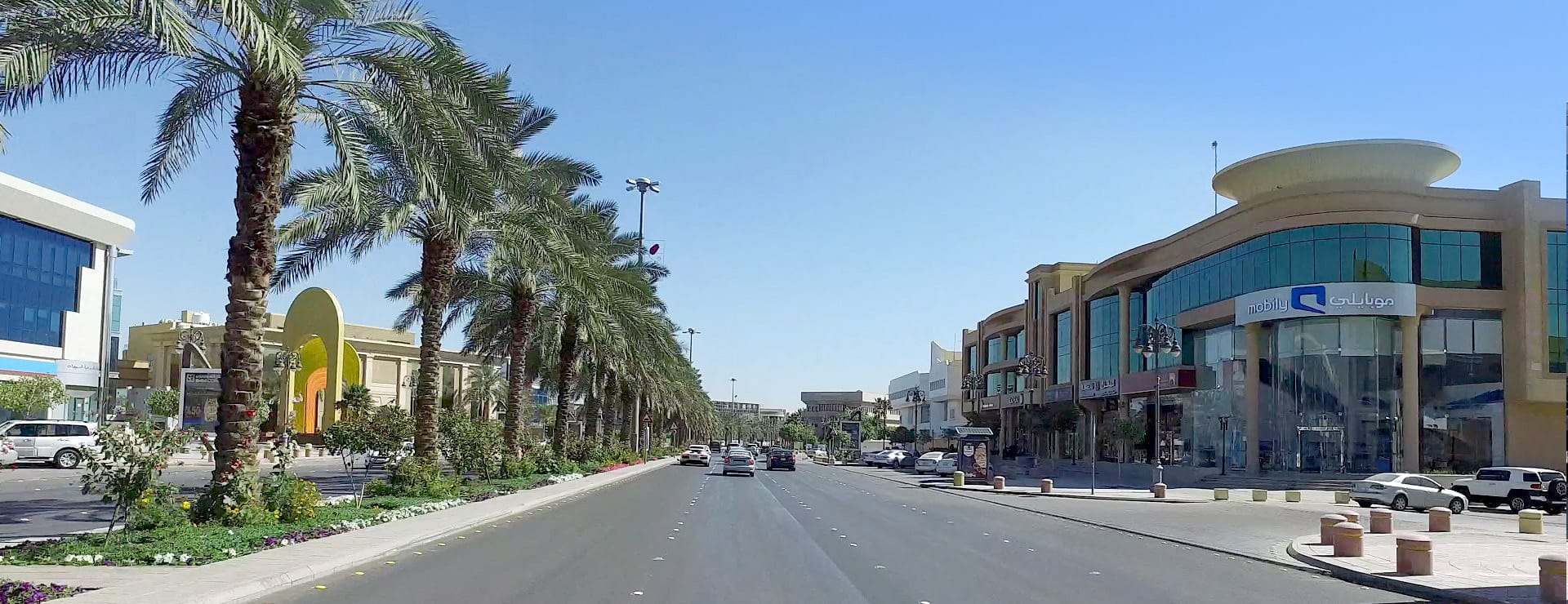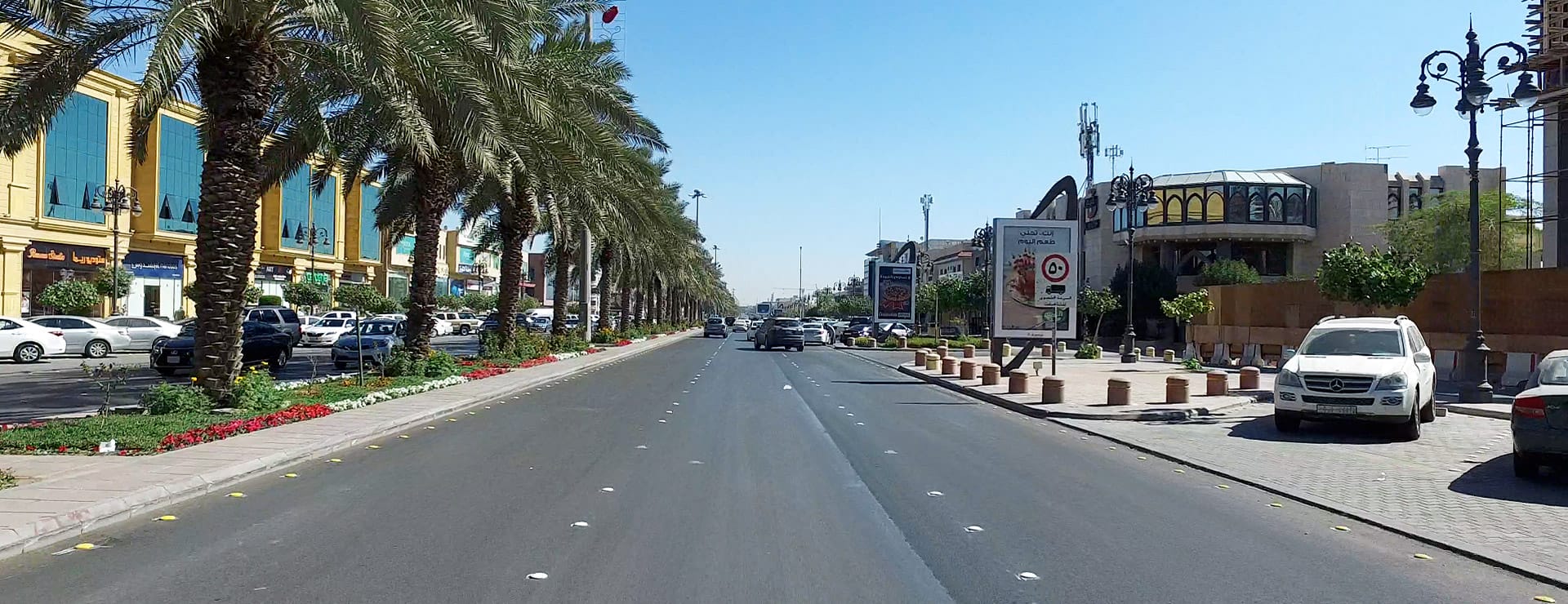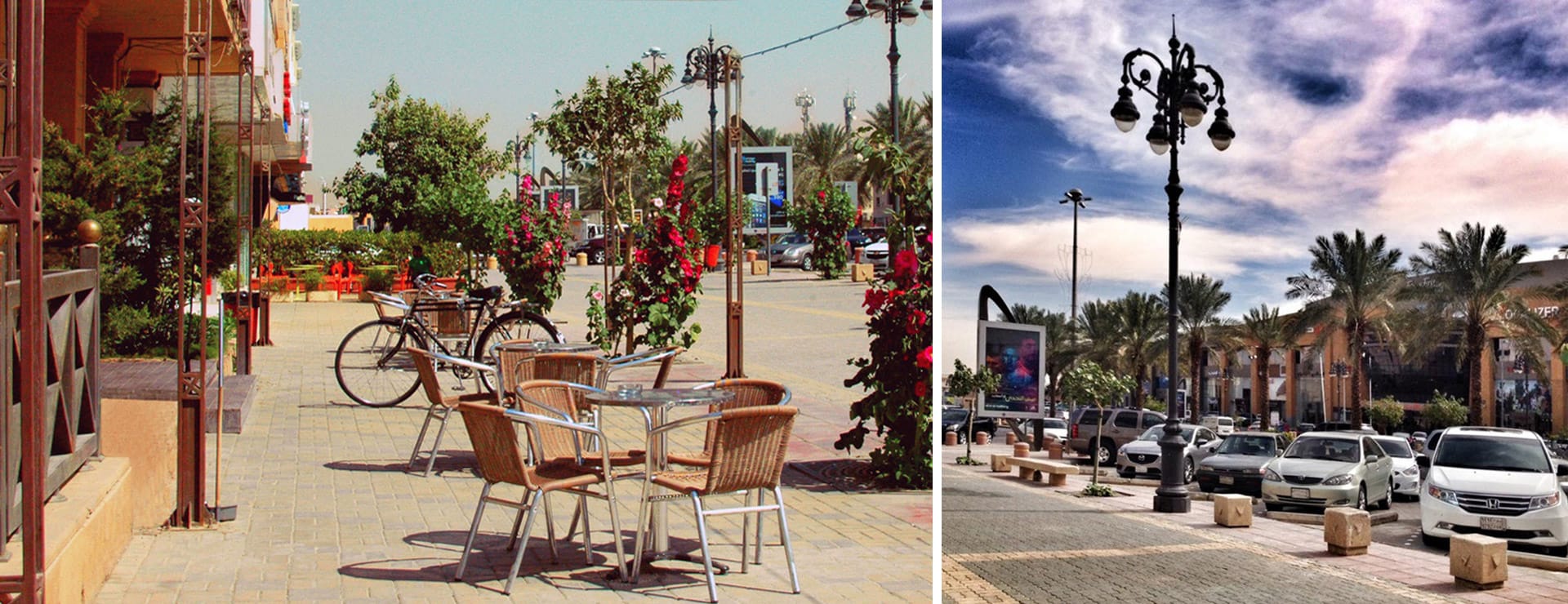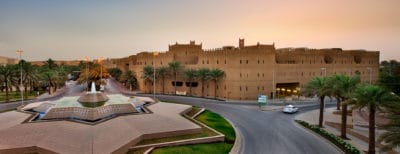Prince Mohammed Bin Abdulaziz Street was once called Tahlia Street – home to a vibrant urban community in the capital – was devastated for years by high speed traffic and daily and catastrophic car accidents. Omrania & Associates was commissioned by the client to participate in an urban renewal project to improve the economic, social and traffic performance of the area by redesigning this 5 kilometer long street.
Omrania’s mandate was to lays out a vision and blueprint transform this dangerous corridor into an urban street that is safe and attractive and helps fostering a dynamic, robust, and sustainable tourism-based economy along the road.
Today, the corridor has become Riyadh’s prime urban destination and a source of pride and revenue for the city. The Tahlia street has set the highest standard for innovative urban design in the country. and it has become home to the best cafes and restaurants, lined with interesting buildings of varying sizes, scales, and uses, including boutique hotels, boutique retail outlets, malls, and small office complexes.
Omrania’s design transformed the public realm of the corridor into a linear pedestrian friendly space that provides unique place-making and branding that integrates the streetscape into the surrounding urban context.
The street now integrates a tree-lined pedestrian promenade with a string of activity nodes providing critical active and passive uses—informal sitting areas, outdoor cafe spaces, strolling, public art work displays…etc. This new open space serves as a public amenity by doubling the community open space while also buffering the cafes and shops from the traffic .

Tahlia Street – Axonometric © Omrania
Other key features of the design include visually attractive green median, signal prioritization at intersections, speed tables, safe pedestrian crossings, unique street lights, street trees. Parking was integrated in a new way into the street to support the developer and investors efforts to revitalize vacant retail storefronts.
An xeric planting palettes was used, one that conserve resources while referencing regional design and enhancing a sense of place. Seasonal plantings and lighting was included to provide splashes of color in the medians.
Colorful and rhythmic pavement striping in the sidewalks provide human scale, and distinctive lighting elements provide visual interest.
Public art is integrated into the design elements along the corridor, via stand-alone projects.
A series of distinct advertising billboards provides valuable space for marketing hustle and bustle along the corridor while also creating a unique brand for the street.






